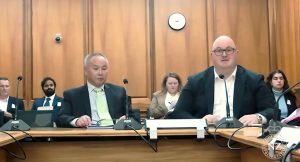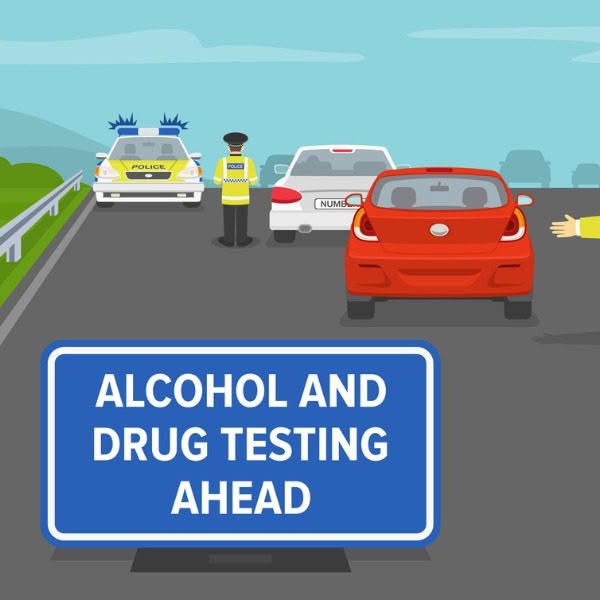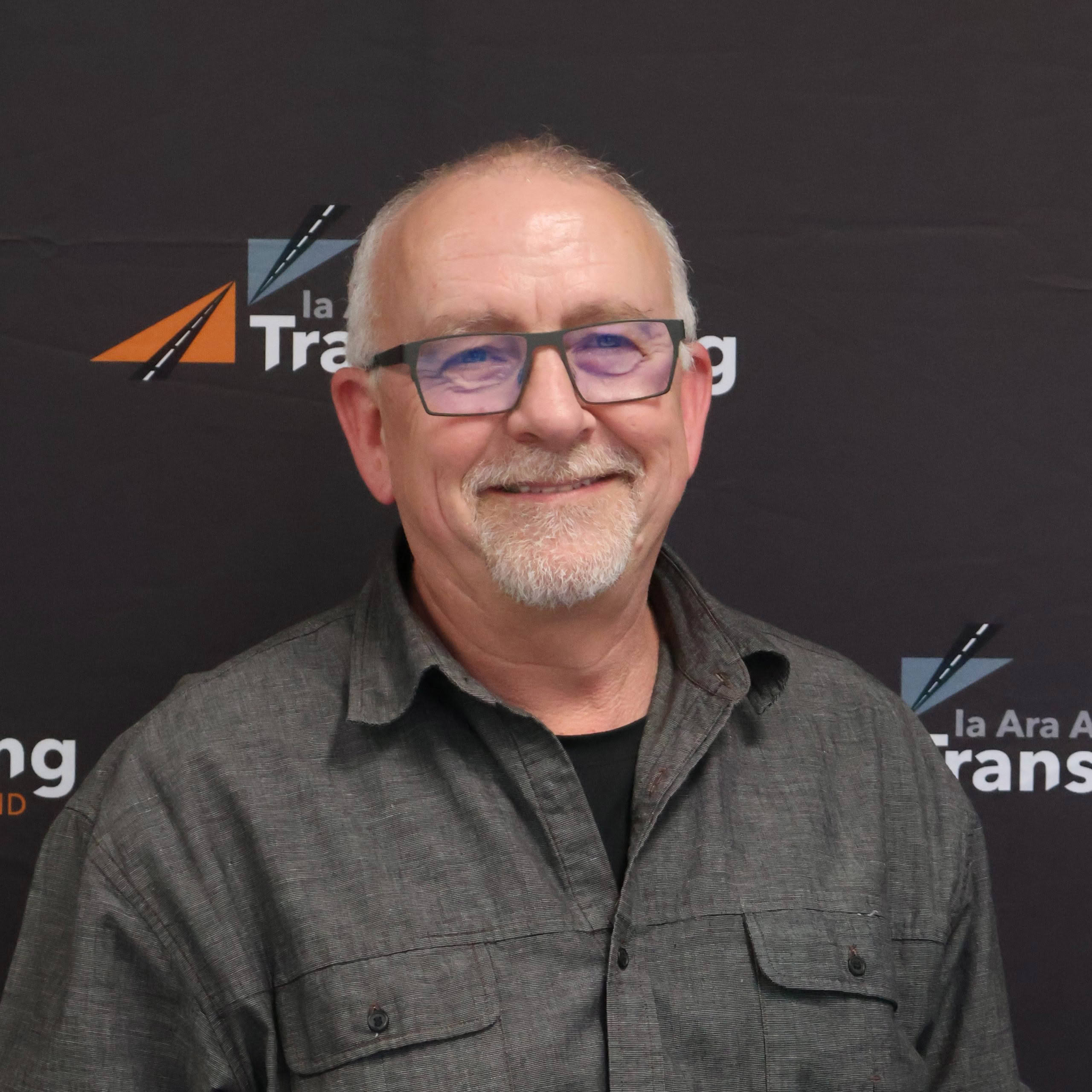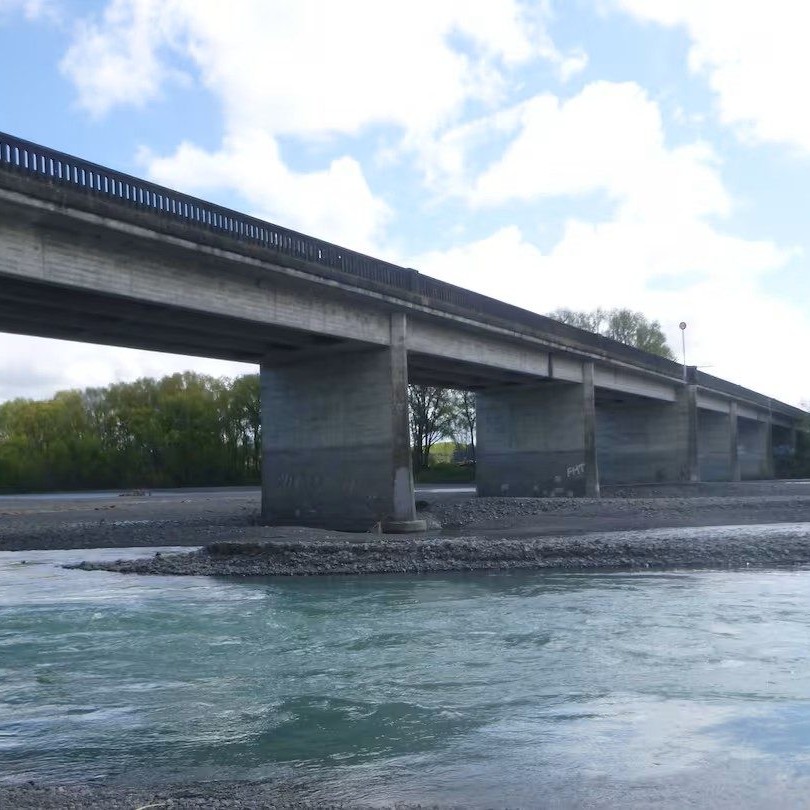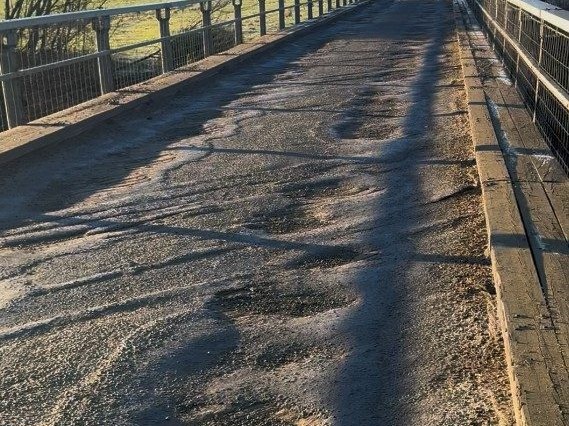
Yesterday NZTA announced that funding is confirmed to build a new deck on the Pekatahi Bridge in the Bay of Plenty. All going well construction is expected to start early in 2026.
This was something we advocated for quite vigorously last week following NZTA’s advice that the NLTP budget had been over-subscribed and that this bridge did not rate as highly as other similar bridges. That meant travellers and transport operators were just going to have to put up with the ongoing, temporary repairs on an important part of SH2.
Frankly the surface of the bridge is a shocker.
We popped a video of the bridge and its many, many faults – and many more potholes – on Facebook with a push that something be done about it.
In just a few days we’ve had 105,000 hits on that post with plenty of comments about what it does to people, vehicles and loads.
It’s been an eye opener to see how bad things are and what people are having to put up. The announcement by NZTA may be coincidental. Or it may be that people saw a terrible bridge and put some pressure on it getting fixed.
Back to the future … of Ō2NL
The other great news was NZTA reversing its announcement about replacing the proposed flyover on the Ō2NL (Ōtaki to north of Levin) with an at-grade-roundabout.
As Stuff reported, NZTA blindsided communities in May when it said it was going to save costs by changing the scope of the highway.
Plenty of public pressure against the proposed changes to a highway, which links Wellington with Horowhenua, has been enough to sway authorities to backtrack on downgrading plans.
These are good wins and on the one hand I take my hat off to NZTA for having the gumption to change its mind.
But on the other hand, it appears that a major influencer has been public pressure rather than logic. And while I appreciate that is something that has to be considered, that also presents a major risk to making sound investment decisions.
For instance, what will happen to the roading cases that don’t stack up very well in terms of financial and economic return on investment yet are able to garner a disproportionate degree of public support?
We have seen what happens when speed limits are set with a large reliance on public opinion rather than engineering and science. I’d hate to see our roading programme go down a similar path. This is an area I’m sure we’ll have good discussions about with NZTA over the next few months.
Productivity wins
Transport Minister Chris Bishop announced last week that the Government is progressing a bold work programme to increase productivity and efficiency through comprehensively reforming New Zealand’s land transport rules.
One of the seven streams of work includes: “Simplifying heavy vehicle driver licencing, weight thresholds, and freight permitting to improve efficiency and productivity for the freight sector.”
Public consultation is scheduled in October.
We have been in discussions with officials for about a year on this and while it would’ve been nice to move these matters on earlier, it’s good to see the Minister has finally made a definitive announcement.
That said, I am a bit wary of this announcement as later in the very same announcement the Minister says: “Another longer-term piece of work will be reviewing the Vehicle Dimension and Mass rule because requirements have not kept up with changes in the international automotive industry.”
We’ll have to wait and see but my concern is that the changes in this upcoming tranche of work will actually deliver very little meaningful benefit to productivity.
The first of the four strategic pillars announced in in last year’s GPS is Economic Growth and Productivity. Changes to VDAM are a great way of unlocking improved productivity. We’ll be pushing as hard as we can to get as much changed in the first tranche of work as we can. But it will also need the industry aligned on making this a high priority for officials and it will also be interesting to see how committed the Minister is at cracking on and delivering these changes.
Our sector is different
On Tuesday Lindsay Calvi-Freeman and I spoke to the Parliamentary Select Committee on the Employment Relations (Termination of Employment by Agreement) Amendment Bill.
I’ve discussed this change earlier, but as a reminder the Bill has the potential to reduce conflict, costs, and uncertainty for both employers and employees.
We followed the MTA’s submission and we agreed with its views but was what strikingly different to me was the different level of risk between the two sectors.
With road transport, termination cases typically involve drivers that are unfit to be on the road. This can often be due to unsafe behaviour such as drug use, speeding and driving while fatigued. For the safety of all road users, road freight companies need unsafe drivers off the road immediately – followed by prompt termination where appropriate.
It seems very unfair that in cases like this our members have to face the unnecessary delays and expenses that are inherent with the current process, as well as the increased financial risk to their business. This proposed approach is working well in the UK and the sooner it gets made available here the better.

